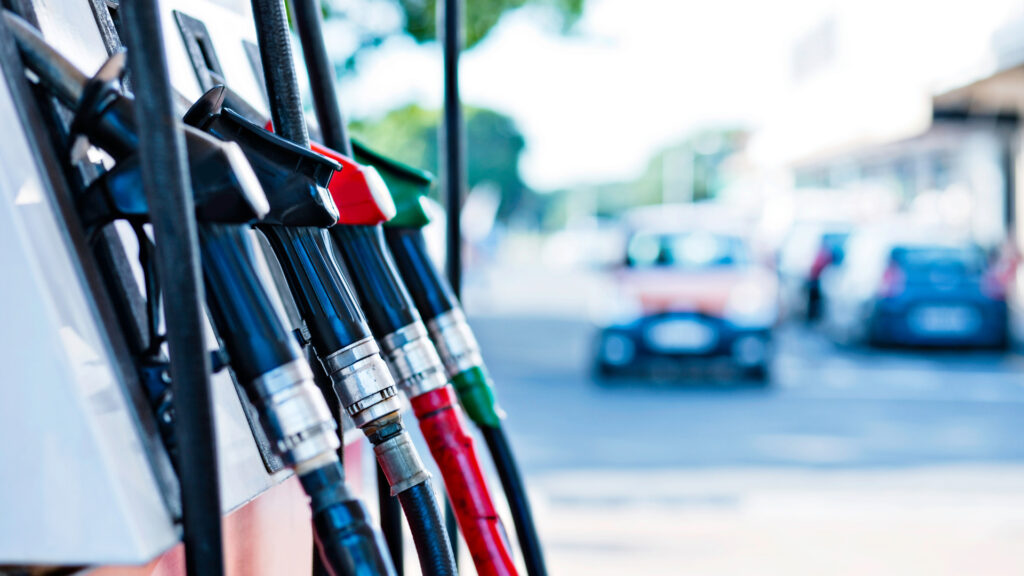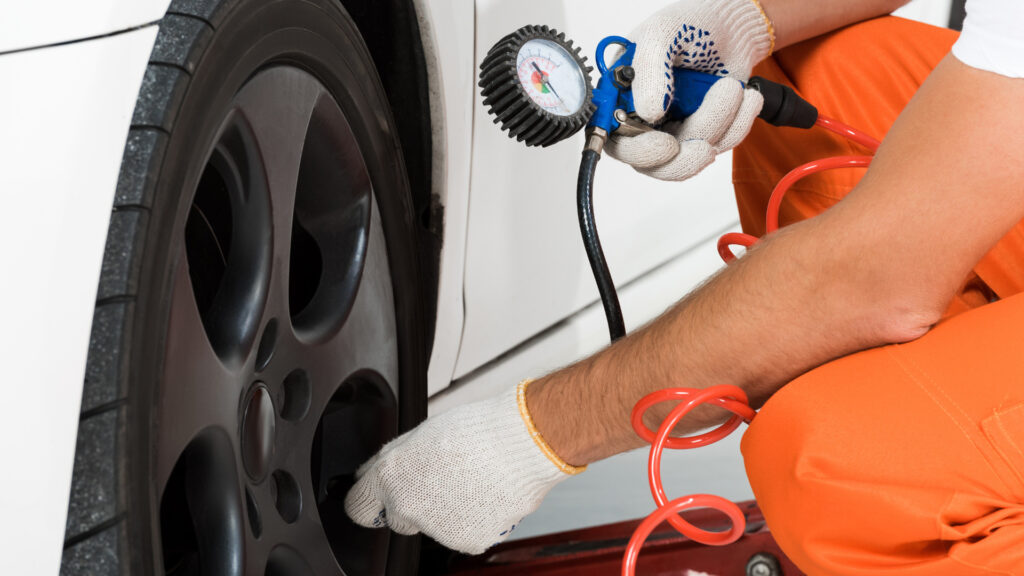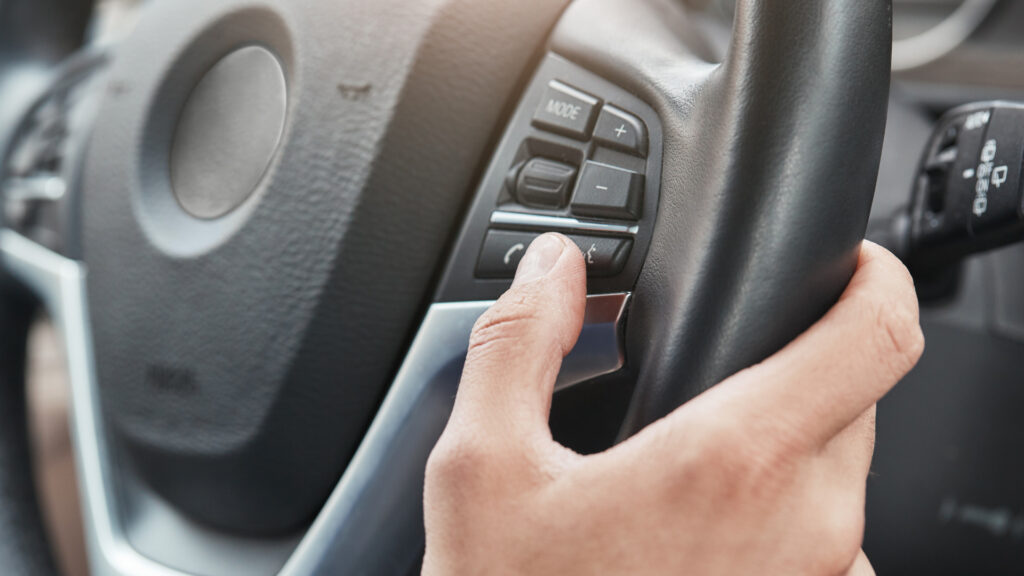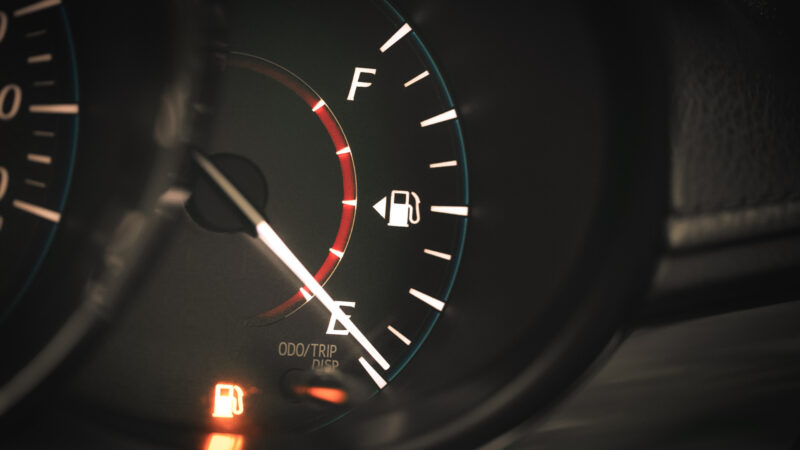Table of Contents Show
Optimizing your vehicle’s fuel efficiency is more crucial now than ever for many drivers. Those wanting to get the most out of every gallon might consider installing a fuel saver device on their vehicle.
The manufacturers talk a big game, but can they back up their claims? Do fuel saver devices actually work? Let’s take a closer look and see!
What Is a Fuel Saver Device?
A fuel saver device is an aftermarket device drivers can install on their vehicles to improve their fuel economy, reduce emissions, or enhance their cars in several other ways.
These devices have been around for decades and are a highly-debated in the car community. Fuel saver devices are so contentious that the popular U.S. television show Mythbusters dedicated an episode to investigating them.
Many drivers cross their fingers and hope these devices live up to their claims. A visit to the gas station to fill up a vehicle’s fuel tank has become a painful experience for many drivers.
Fuel saver devices have become more popular as drivers are desperate to maximize their vehicle’s performance and make it as efficient as possible.

How Much Do Fuel Saver Devices Cost?
Fuel saver devices range in price from a few bucks to several hundred dollars. Some devices make relatively bold claims about improving a vehicle’s performance and fuel efficiency.
If they work as well as they claim, they would likely pay for themselves in a few months for the average user.
Do Fuel Saver Devices Actually Work?
We hate to be the bearer of bad news, but a fuel saver device won’t increase your vehicle’s fuel economy by 300%, as some companies claim.
Popular Mechanics purchased various units from $20 to $400 for a study, with shocking results.
None of the devices delivered the intended results. Some fuel saver devices even decreased the vehicle’s horsepower and reduced the fuel efficiency of a vehicle up to 20% in some instances.
Now you know why auto manufacturers aren’t installing these devices on their cars before they roll them out of their factories.
Ways to Actually Save Fuel
If you’re looking for tried-and-true methods for saving fuel, we have a few things you can do that will help you save fuel. Follow these tips, and you’re sure to see an increase in your vehicle’s MPGs.
Slow Down
If you want to save fuel, avoid having a lead foot. The faster you drive, the harder your engine and other components will need to work.
Slowing down by five to 10 miles per hour can help improve your fuel economy by 7% to 14%. It may take a few more minutes to arrive at your destination, but you’ll get there with more fuel in your tank.
Don’t cave to the pressure of other drivers driving several miles per hour over the speed limit. The faster you’re going, the less efficient your vehicle will be.
So back off the accelerator and use cruise control when it’s safe. This can help minimize the acceleration in your car, which is typically when vehicles are the least efficient.

Pro Tip: If you’re motorhome or tow vehicle is diesel, you can Save Big Bucks On Diesel with the TSD Logistics Fuel Card!
Check Your Tire Pressure
Many drivers overlook the critical task of checking their vehicle’s tire pressures. However, by not checking your tire pressure regularly, you could put yourself, your vehicle, and others on the road in danger.
Knowing how to check the tire pressure on a vehicle is an essential task that every driver should know how to accomplish.
When you’re checking your tires, you want the pressure to be in the safe range. Look at the sidewall of the tires or the door jam on the driver’s side door.
Manufacturers will note the recommended tire pressure for your vehicle. Some trucks may have a larger tire pressure on the rear tires than on the front. So ensure you check the numbers unique to your vehicle.
Use a tire pressure gauge pen or a digital tire pressure gauge to be as accurate as possible.
You should test your tires when they are cold, which means they’ve had time to sit and not be warm from the road. Driving on tires with low tire pressure can be dangerous and reduce fuel efficiency.
Experts state that your fuel economy will drop 0.2% for every 1 PSI a vehicle’s tires are below the correct level.
Instead of using fuel saving devices that might make your fuel efficiency worse, maintain the correct tire pressure.
Pro Tip: If you need to fill your tires, you will want an awesome air compressor. But What’s The Best 12V Air Compressor? 5 Great Options For Your RV Tires

Follow the Service Schedule
To get the most out of your vehicle, keep it in tip-top shape. Ensure you note the recommended service schedule in the user manual or other documentation with your vehicle.
We’ve heard horror stories of manufacturers denying warranty claims because an owner didn’t follow the instructions or the service schedule.
Do yourself a favor and address issues as soon as possible. Mechanical problems on a vehicle typically don’t fix themselves.
Find a trusted mechanic that you know isn’t going to take you to the cleaners over a simple repair.
Lighten Your Load
If you want to increase your MPGs, you need to lighten your load. Hauling around unnecessary heavy items kills your fuel economy. The more weight you’re carrying, the harder your vehicle will have to work.
While you can’t ditch a passenger, this can be a reminder to finally take those items you’ve been meaning to donate but have been carrying for months.
Some experts estimate that for every extra 100 pounds you add to a vehicle, you reduce the miles per gallon by nearly 2%. That’s much more effective than fuel saving devices.
Keep in Mind: While you’re on the road, save money by finding gas stations with the cheapest Gas Prices all over the United States!
Change Your Driving Habits
Stop-and-go driving is awful for your vehicle, especially regarding fuel economy. Your vehicle uses substantially more fuel when accelerating than using cruising speed.
This is why you see a difference between a vehicle’s expected MPGs between city and highway driving.
The harder you accelerate, the more power you’ll use. If you want to maximize your fuel efficiency, avoid treating every stoplight like you’re in a drag car race.
Instead of launching your vehicle into the intersection, gently press the accelerator and work your way up to speed. If you do, you can watch your MPGs increase.

Avoid Wasted Trips
When gas is cheap, or you’re not concerned about your MPGs, it’s easy to head to the store whenever you need something.
However, if you want to make the fuel in your tank last, you’ll want to avoid unnecessary trips.
Make a shopping list to maximize your time and fuel by grabbing multiple items in a single trip.
It’s also an excellent opportunity to take advantage of online shopping options and services like Amazon Prime. You can often find the items available online for the same price or cheaper.
In most cases, you’ll only have to wait a day or two, but you’ll keep more fuel in your tank and won’t feel the need to resort to fuel saving devices.
Be Aerodynamic
There is a reason why automakers design vehicles to look the way they do. They often use rounded edges and compact designs to minimize the drag a vehicle experiences as it travels.
The more drag a vehicle experiences, the more resistance it will have, making it work harder. This results in the vehicle experiencing decreased MPGs when accelerating and traveling at the same speeds.
Some vehicles are more aerodynamic than others. Being aerodynamic will be challenging if you tow a big trailer behind your car. However, how you store extra items on your vehicle can significantly impact your aerodynamics.
How you position luggage and bicycles can also have an impact. Rear-mounted cargo and bicycle racks can help improve your aerodynamics while carrying extra cargo.
Pro Tip: Avoid hitting a pump with your tail end by finding an RV-friendly gas station! Click the link to learn how to easily find them!
Is a Fuel Saver Device Worth It?
If something sounds too good to be true, it probably isn’t true. While fuel saver devices make some lofty promises to improve your fuel economy, they typically make little impact on the MPGs a driver experiences.
Popular Mechanics even discovered that some of these devices hurt drivers’ MPGs. We recommend passing on fuel saver devices and applying a few tips we shared to save fuel. These tips will likely impact your fuel economy more than fuel saver devices.
What are the wildest claims you’ve seen fuel saver devices make?
Last update on 2025-01-19 / Affiliate links / Images from Amazon Product Advertising API






